You’ve had success raising axolotls or you have kept them alive for a time and want to try your hand at breeding. Since axolotls are facing extinction in the wild, this is one way to keep the species alive.
To breed axolotl, you might find that it is easier than you think and will not be as hard as keeping tropical fish alive but definitely not as easy as caring for your Minecraft axolotl. Your breeding axolotl will not be harmed in this process.
In fact, there are more axolotls in homes and laboratories than there are in the wild. Scientists love to study these amphibians because of their innate ability to regenerate limbs and most organs.
Keep reading as we go over everything you need to know on how to breed axolotls. We will tell you the equipment that’s needed, how axolotls breed, and what to do once you have an aquarium full of axolotl eggs.
Table of Contents
When Are Axolotls Ready to Breed?

Axolotls will reach sexual maturity relatively soon, but it’s best to wait until they are fully grown before starting the road to parenthood. We don’t want to see any shows about axolotl teen moms.
Male axolotl reach sexual maturity faster than females, some are ready as early as 5 months, while the female takes a little bit longer. It’s still recommended to wait until they are older to start breeding them.
Although, if you keep both a male and female in the same tank, breeding is likely to occur at some point.
Axolotls lay eggs that are similar to frog eggs. They are soft, jelly-like eggs that the female deposits on plants and other surfaces that will get plenty of water flow.
Egg-laying takes a lot out of the female. They can lay between 100 to 1500 eggs. While the female is growing the eggs inside her, the body focuses all energy on the production and protection of them.
The body will do all it can to protect the next generation and other processes like healing slow down on the mother. It’s best to make sure both the female and male axolotls are at least 18 months old.
That way the axolotls are fully grown, and the female is better able to handle the stress of egg-laying.
How to Tell Male Axolotls from Females
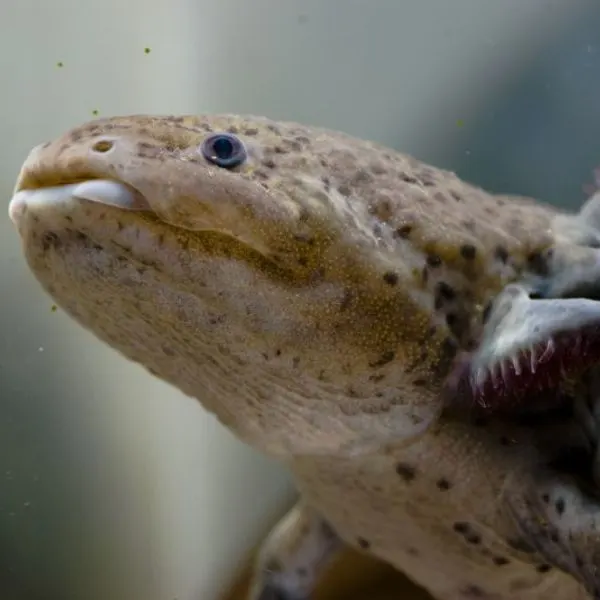
Sexing your axolotls isn’t an exact science and can be prone to mistakes. One way that’s completely failsafe in determining an axolotl’s gender is by consulting a certified herpetologist vet.
You won’t be able to sex your axolotls until they are nearly full-grown. If you try too soon, you’ll basically be making a 50% accurate guess.
Around 9 months you should be able to tell the difference, but there’s always the exception to the rule, some will still take a few months longer to show whether they are male or female.
You can determine within a certain degree of accuracy by examining their cloaca or vent. A male’s cloaca will bulge out more behind the back legs. Some males have a larger bump than others.
Females will be less pronounced, but of course, if it’s about to poop, you could see a “poop bulge.” This swelling will go down after she defecates, so keep an eye on it to see if your female is trying to trick you.
Other physical characteristics that might help to narrow it down is to look at them from above. Females will appear more rounded, especially near the back end.
This is often because female axolotls will produce eggs even before they are fertilized.
If the eggs are not fertilized, her body will reabsorb them. If your axolotl is periodically pear-shaped, and generally more rounded, you possibly have a female.
Males when viewed from above are slimmer and often have a longer tail. You might even be able to see the telltale bulge behind the legs from this vantage point as well.
What You Will Need to Breed Axolotls
- Several 10-gallon tanks
- Sponge filters for each tank
- Aquarium foliage/plants (Artificial plants work great)
- Flat rock or slate for the male
- Food for baby axolotls. Live daphnia or brine shrimp
- Turkey baster or similar
10-Gallon Tanks
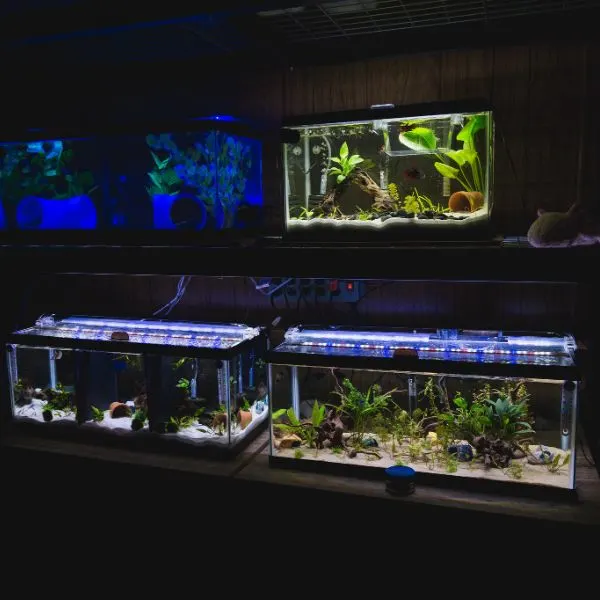
Once the axolotls have bred you should remove the male from the tank so that the female has peace to lay her eggs.
Please do not just use any old bucket. Invest in a good tank for your breeding axolotls.
Also, axolotls have no qualms about eating their own eggs. After she has laid all her eggs, it’s advised to remove her from the tank as well.
Once the babies have all hatched and started growing you will have to periodically separate them into smaller communities. While they are still tiny, you can keep 100 to 200 in a 10-gallon tank.
Sponge Filters
For each of these tanks, you will need a good-quality sponge filter. These filters do a great job at keeping the water cleaner, but also don’t create a lot of flow.
The last thing you want is for all your baby axolotls to get sucked into the filter after they hatch!
A highly rated sponge filter from Amazon.com is this UPETTOOLS Aquarium Biochemical Sponge Filter. It helps to keep the water sparkling clean and doesn’t create suction that can harm tiny eggs and baby axolotls.
Aquarium Plants
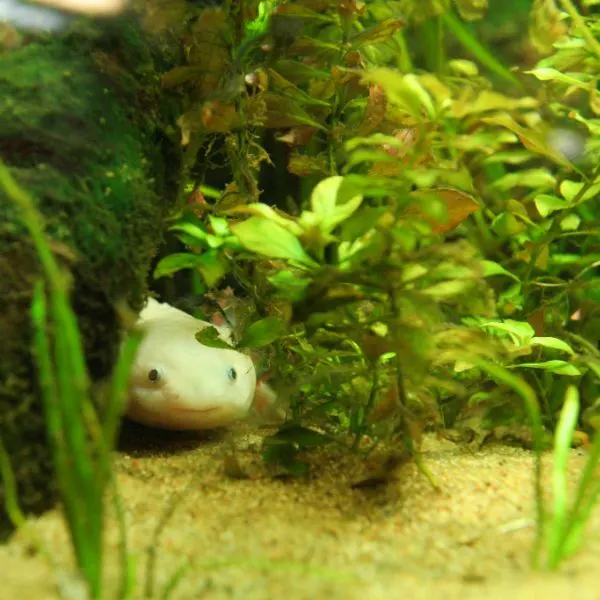
In the breeding tank, you will need several plants for the female axolotl to climb in and lay her eggs.
She will lay a single egg at a time all throughout the leaves and stalks of the plants. Artificial plants are fine here, you just want to make sure you have enough to hold several hundred tiny eggs.
Flat Rocks
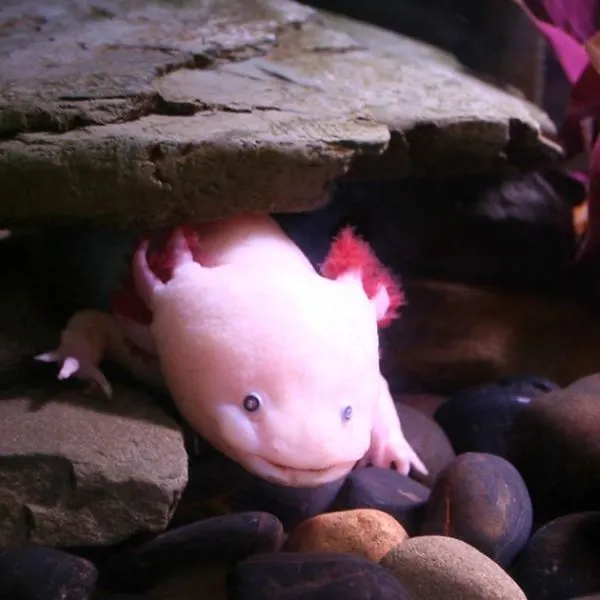
The male needs somewhere to deposit his spermatophores, and glass or plastic are both too smooth. A flat piece of slate or a few flat rocks work perfectly for this.
Baby Axolotl Food
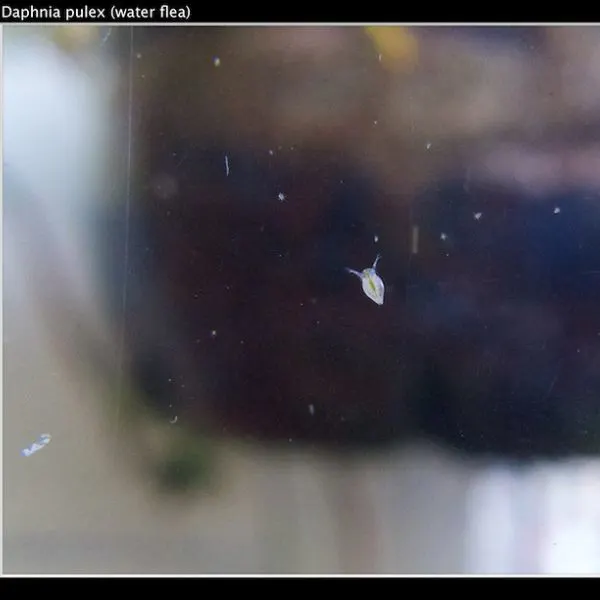
For the first 48 hours or so after hatching, the babies will continue to feed off the yolk sac.
After that, you will have to feed them very small live food. Daphnia or brine shrimp are the best for baby axolotls.
Baby axolotls depend on sight to find food. You will need to use a pipette or turkey baster to deposit the live food of your choice in front of the babies so they see it and are enticed to eat it.
Until they are 2 to 4 inches long, they will need to be fed this way.
Daphnia may live longer in the tanks and create less mess than brine shrimp. The brine shrimp will die shortly after you introduce them into the freshwater environment.
Then you will have to remove the uneaten shrimp before they start to rot and throw off the water’s pH balance.
When Will Axolotls Begin Mating?
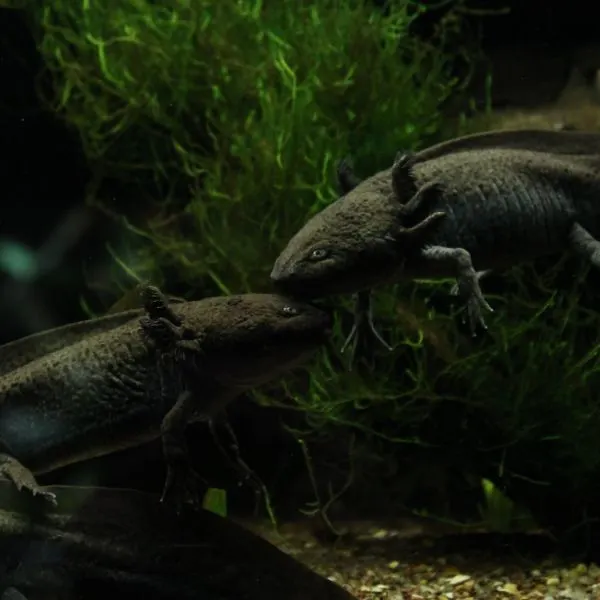
In the wild, axolotls mate about once a year, but in captivity, they can breed many more times in a single year, though it’s recommended to let the female rest after laying a clutch of eggs.
You should wait at least 2 to 4 months before putting the female back in with the male. After she lays her eggs, the body starts creating more eggs to replace them, but she needs time to recuperate.
If she is constantly laying eggs back to back, illness can easily set in. Besides, you will have your hands full with the initial clutch of eggs and baby axies.
If you keep a male and female in the tank they will mate at some time, but if you are trying to hurry the process up you can attempt to mimic the conditions in the wild that signify it’s time to mate.
Light and temperature changes are said to trigger mating season in axolotls. Putting your axolotls together in a room that gets plenty of natural light can be one way to get them to breed.
This will probably happen in the spring or early winter.
Be sure to keep them out of direct sunlight because that can be too intense for them. They also like the water temperature to be on the cooler side. Direct sunlight can raise the water temperature too high for axolotls.
You can also attempt to trigger breeding by shortening the light period for a few weeks, then slowly increasing the time as well as increasing the water temperature a few degrees. 59℉ to 65℉ (15°C to 18°C) is the optimal temperature for axolotl health but raising it to 68℉ to 70℉ along with light changes might put the axies in the mood for love.
Courtship Ritual
When the axolotls are feeling amorous the male will start doing a courting dance around the female. He may twist, flop around or nudge her hindquarters to see if she is receptive to breeding.
Once she accepts his advances, he will go around dropping sperm sacs on the ground, then lead her around to them so she can absorb the spermatophores into her cloaca where the eggs get fertilized.
He may deposit anywhere from 5 to 25 spermatophore packets around the tank. These don’t stick to glass or plastic, so you will need something flat and semi-porous such as a few pieces of slate.
Once the female has absorbed some of the sperm sacs, you should separate the male from the female so she can lay her eggs in peace.
Egg Laying
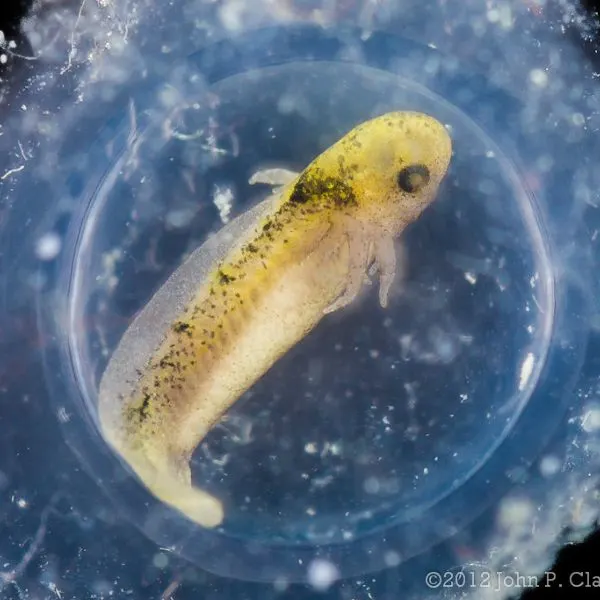
Between 12 to 72 hours after fertilization, the female will start laying her eggs.
Once she is done you should move her into her own tank so she can rest. This also prevents her from eating her own eggs.
Plenty of plants are needed here because it seems baby axolotls hatch best when they are positioned where they can get plenty of fresh water circulation around them. In about 15 to 17 days the axolotl eggs will begin to hatch.
Axolotl Daycare
During this time and time after, the water needs to be kept as clean as possible. The cleaner the water, the healthier the babies will be.
With hundreds of babies in one tank, it will get dirty pretty fast. Plan on doing partial water changes a few times a week.
After a few days, their remaining yolk sac will be depleted, and they will need to start eating live food. Their sense of smell is not developed yet so they need food that wiggles or moves for them to eat.
Live daphnia and brine shrimp are the best live food to go with when feeding baby axolotls. Use a pipette or turkey baster to deposit them near the baby’s faces so they see the movement.
Be sure to clean up anything they don’t eat after 2 to 5 minutes to help keep the tanks cleaner.
Once they reach the juvenile stage, over 2 to 4 inches long, you can start switching them over to blackworm pieces, freeze-dried foods, or possibly pellets.
When the babies have grown all their limbs and are able to eat worms, freeze-dried, or frozen foods they are ready to go to new homes. A word of caution, never release axolotls or any species of fish into the wild. Non-native species can wreak havoc on the ecosystem.
In fact, non-native fish like tilapia and carp are part of the problem that have axolotls in the wild so critically endangered. Those fish feed on axolotls and their eggs, helping to diminish their population.
There You Have It
Breeding axolotls isn’t difficult, but it can be an expensive start-up and very time-consuming at first. You’ll need separate tanks for the adults and babies because the adults don’t have a problem resorting to cannibalism.
You’ll need filters for each of the tanks so the water keeps the correct balance and remains clean. You’ll also be spending a lot of time feeding and cleaning up after the multitude of babies.
But through it all, breeding axolotls can be a rewarding experience.
Before you go, leave us a little comment below. Share your experience with others, or just say hi! We enjoy hearing from our wonderful readers!
More Axolotl stuff

